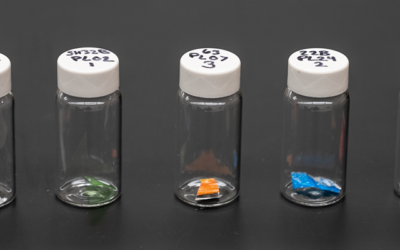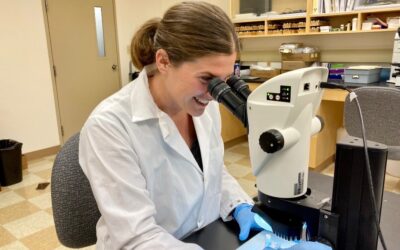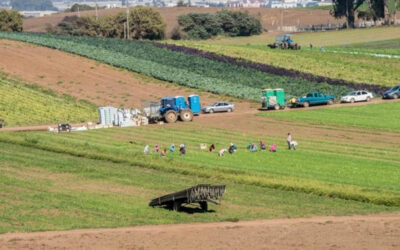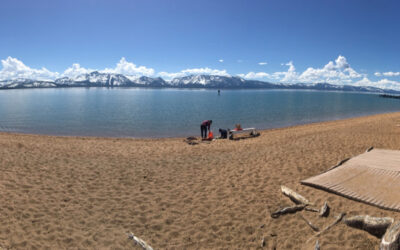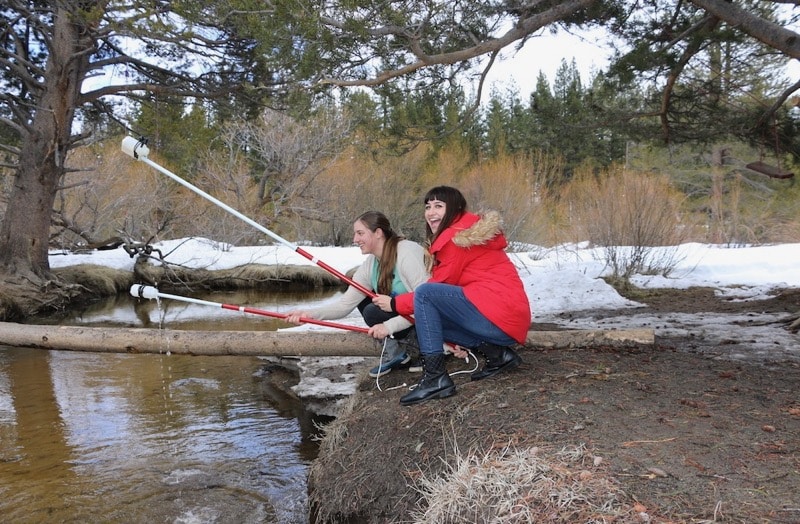Angelique DePauw and Olivia Hines are undergraduate student researchers in the Microplastics and Environmental Chemistry Lab. Together, they are conducting an experiment comparing the decomposition rates of plastic and plastic-alternative straws.
NSF Graduate Research Fellowship Awarded to Microplastics Researcher Rachel Kozloski
Rachel Kozloski is a Ph.D. student in Dr. Monica Arienzo’s lab focused on the movement and characteristics of microplastics in ground and surface water.
Innovation Research Program invests in early-stage research
Since its launch, IRP has provided nearly $650,000 in philanthropic funding to support early-stage innovative research at DRI.
Local Scientists Discuss Research During First “Conversations with DRI Innovators” Event
Researchers debriefed global participants on microplastics in the environment, a new online snow tracker tool for water resource management, and the role of dogs in body recovery. Link to Event Video Presentation Available at...
New study investigates link between clothes dryers and microplastic pollution in Lake Tahoe
Reno, Nev. & South Lake Tahoe, Cal. (July 20, 2020) - Last year, Desert Research Institute (DRI) and the League to Save Lake Tahoe detected microplastics in Lake Tahoe for the first time ever, many of which were microfibers. This discovery revealed that...
People-powered research: Citizen science makes microplastics discovery at Lake Tahoe possible
Take a moment to picture a scientist who has made a groundbreaking discovery. What does that person look like? Perhaps it’s a person in a white coat standing in a lab with microscopes and test tubes, or a distinguished professor accepting an award on stage. What if we...
